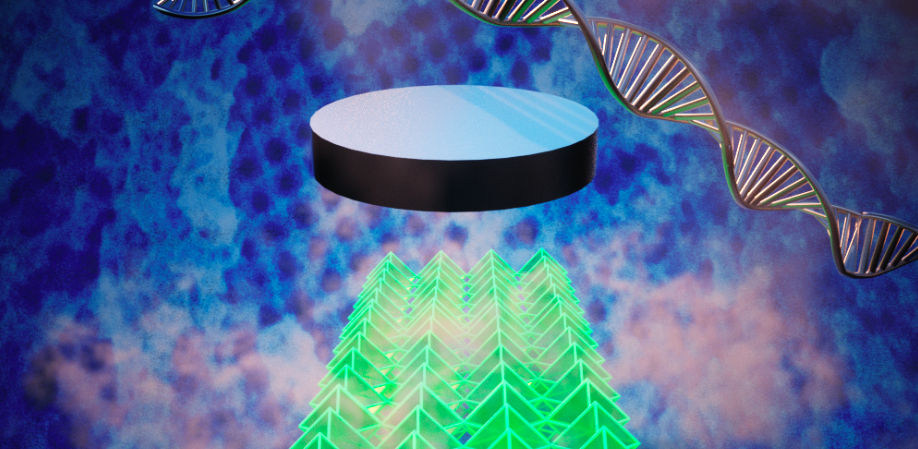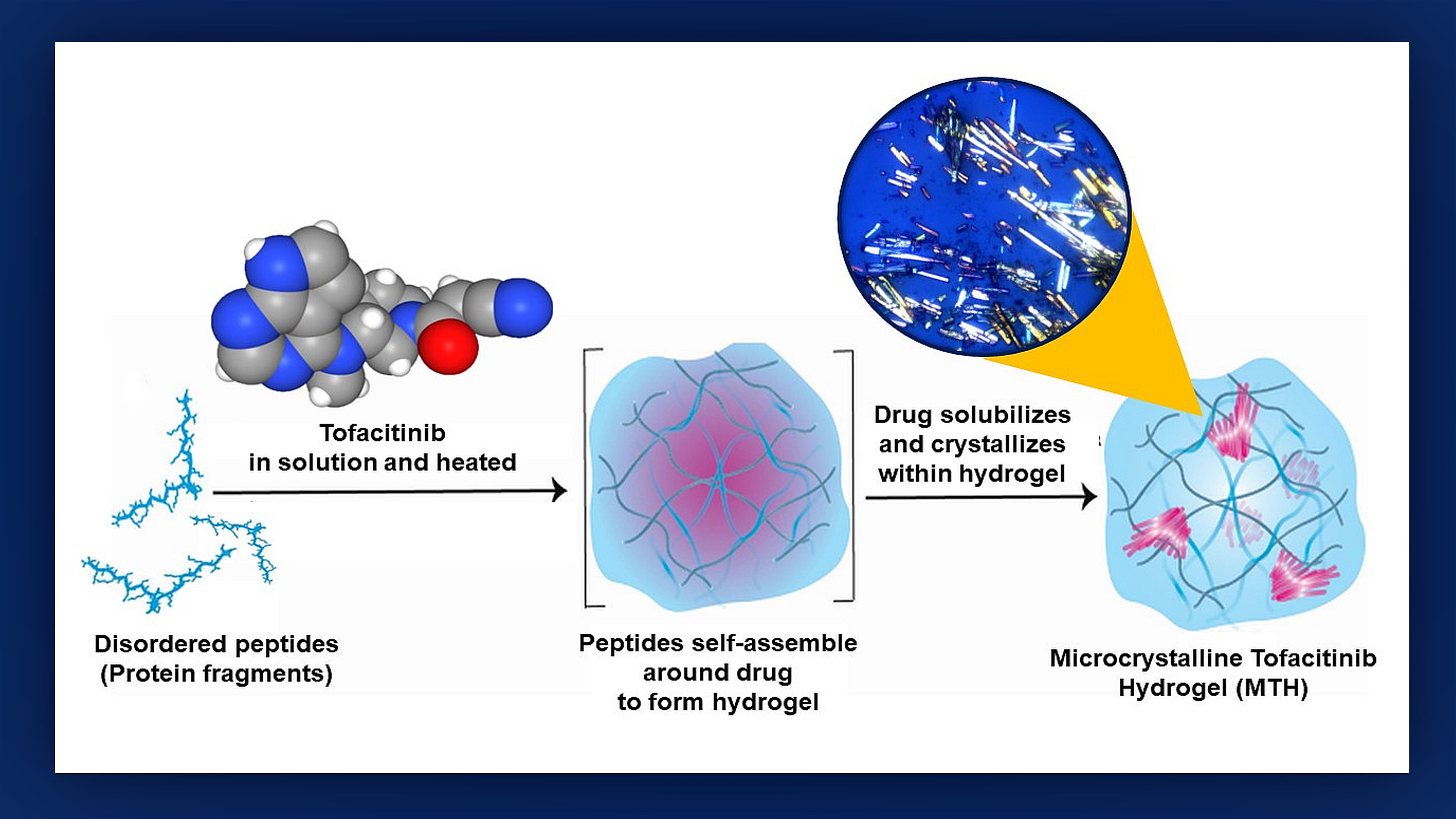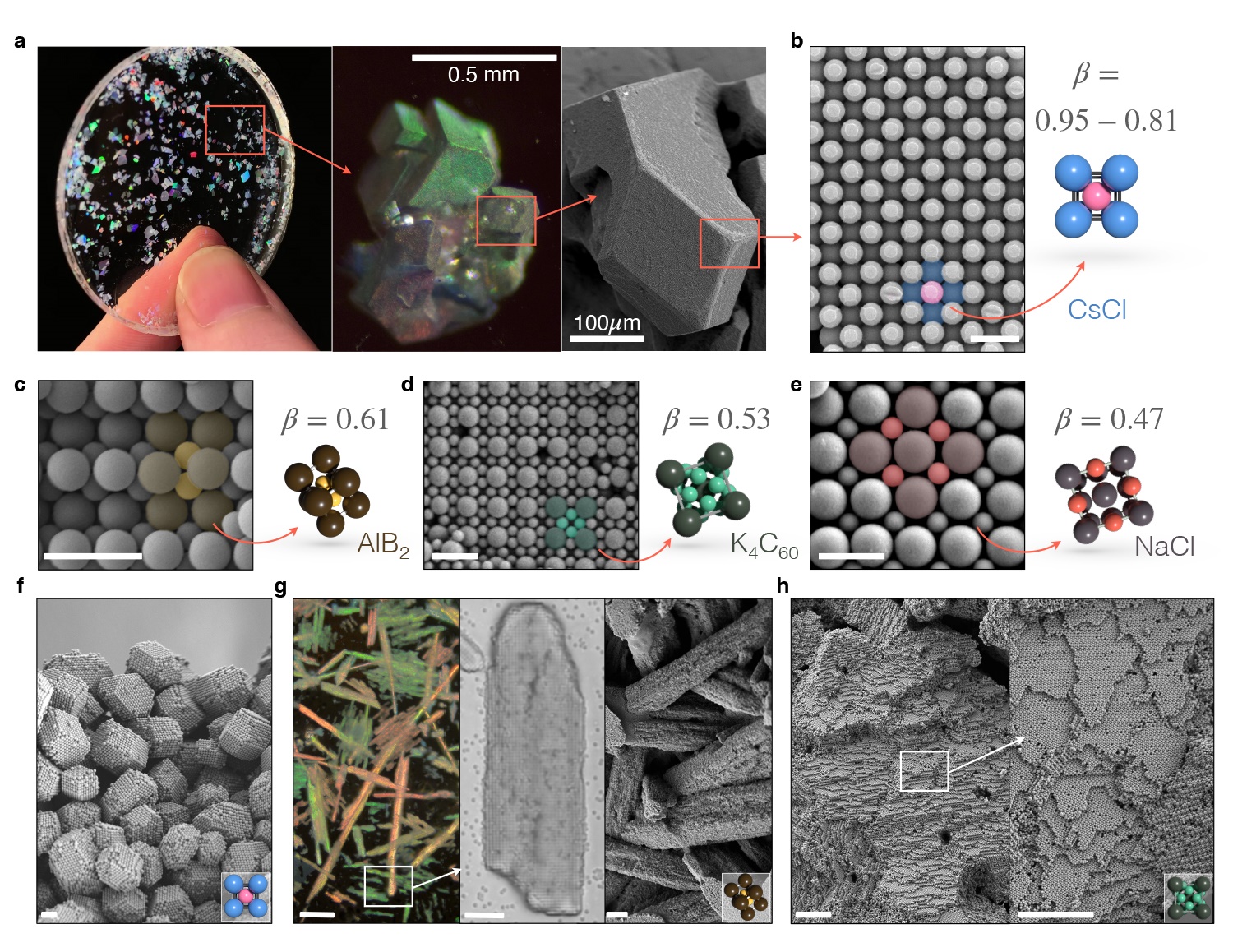UPTON, NY—Scientists at the U.S. Department of Energy’s (DOE) Brookhaven National Laboratory have successfully demonstrated that autonomous methods can discover new materials. The artificial intelligence (AI)-driven technique led to the discovery of three new nanostructures, including a first-of-its-kind nanoscale “ladder.
Tag: self-assembly
Synthesizing Nanomaterials from Nature’s Blueprints
Molecular self-assembly expert Chun-Long Chen describes the challenges and opportunities in bio-inspired nanomaterials in a special issue of Chemical Reviews.
A simple way to get complex semiconductors to assemble themselves
A new way to make complex, layered semiconductors is like making rock candy: They assemble themselves from chemicals in water. The method will aid design and large-scale production of these materials.
Shih-Ting (Christine) Wang: Designing Materials for Biomedicine
Using DNA-based assembly, the Center for Functional Nanomaterials postdoc has assembled functional proteins into ordered lattices and coated nanostructures for drug delivery.
Engineers build nanostructures that fight inflammation
Nanofiber-based treatments stimulate the body to mount its own biological attack on immune disorders.
Leveraging DNA to Create Advanced, Usable Materials with Jason Kahn
Jason Kahn, a staff scientist at the Center for Functional Nanomaterials (CFN), is conducting research in DNA-based assembly and building a one-of-a-kind automated platform to explore self-assembly processes.
Putting Functional Proteins in Their Place
Using DNA, scientists organized bioactive proteins in desired 2-D and 3-D ordered arrays—promising for structural biology, biomedicine, and more.
Exploring Blended Materials Along Compositional Gradients
A new platform could accelerate the development of blended materials with desired properties.

Making 3-D Nanosuperconductors with DNA
Scientists developed a platform for making 3-D superconducting nano-architectures with a prescribed organization.

Tiny Biological Package Gets Drug Right To The ‘Heart’ Of Transplant Rejection
For patients who receive a heart transplant in the near future, the old adage, “Good things come in small packages,” may become words to live by. In a recent study, researchers at Johns Hopkins Medicine and the National Cancer Institute (NCI) demonstrated in mice that they can easily deliver a promising anti-rejection drug directly to the area surrounding a grafted heart by packaging it within a tiny three-dimensional, protein gel cocoon known as a hydrogel. Best of all, the researchers say that the release of the drug is spread out over time, making it highly regulatable and eliminating the need for daily medication to keep rejection in check.

Researchers Make Gemstones with Salty, Soapy Water for the First Time
Collaborators from the University of California San Diego and New York University (NYU) used salt, soap and water to make “bling” with a proposed novel experiment by UC San Diego’s Jérémie Palacci to form ionic colloidal crystals from common colloids.